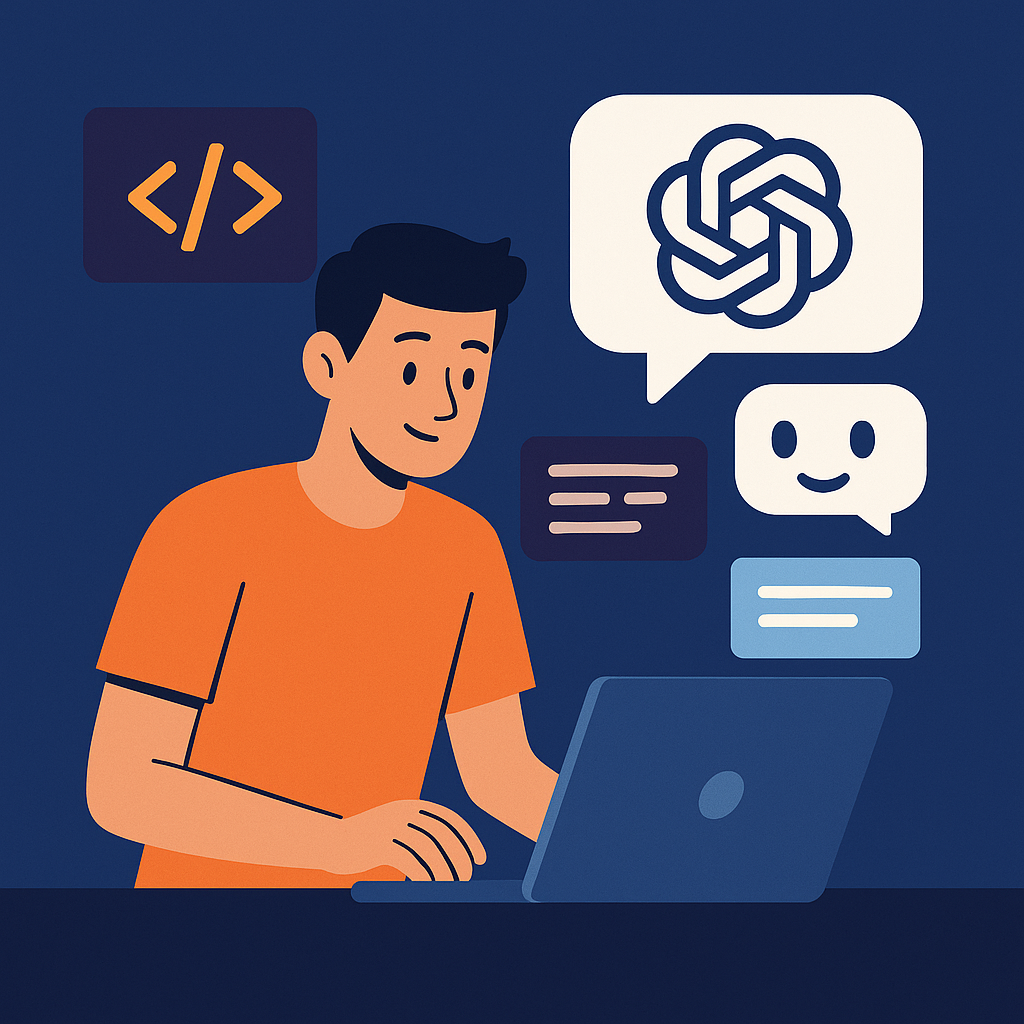Most founders still cling to a flawed playbook:
- Dream up an idea
- Fall head-over-heels for it
- Build in isolation for months
- Launch to crickets
- Realise no one cares
- Start over, bruised
The brutal reality? 90% of startups fail because they build products nobody wants.
I’ve been there. Years ago, I poured $2 million and 18 months into a SaaS platform I was sure would disrupt project management. Spoiler: it didn’t. Customers shrugged, and I was left with a pricey lesson.
But AI has changed everything.
Today, I can kill a bad idea in 72 hours—not 12 months. This 5-step AI validation framework is ruthless by design. It’s built to save you time, money, and heartbreak. Let’s dive in.
1. Problem Verification
Before you write a single line of code, confirm the pain is real.
AI tools like Perplexity, Grok, or ChatGPT can trawl the internet for evidence in minutes.
- Search Reddit threads, niche forums (e.g., Quora, Stack Exchange), Amazon reviews, and X posts for raw user complaints.
- Feed those findings into ChatGPT to distill patterns of frustration.
- Ask it to categorise pain points by frequency, intensity, and urgency.
A founder I mentored wanted to build an app for tracking micro-habits. Using Perplexity, they scoured Reddit’s r/productivity and r/getdisciplined. They found thousands of posts about habit-tracking struggles but noticed most users were already happy with apps like Habitica or Todoist. No burning pain = no need to build. Idea killed in 4 hours.
No real pain = dead idea.
2. Market Size Analysis
A real problem is great, but is the audience big enough to sustain a business?
AI can crunch numbers fast:
- Pull Google Trends and search volume data (via tools like Ahrefs or SEMrush) to gauge interest.
- Analyse keyword clusters to uncover related problems and user intent.
- Ask ChatGPT or Claude to estimate your TAM (total addressable market) with a bottom-up approach—segment users by demographics, behaviours, or industries.
In 2023, a friend validated a niche tool for virtual event planners. ChatGPT analysed search data and LinkedIn job postings, revealing a market of ~50,000 planners globally, with only 10% actively seeking better tools. The TAM was too small for venture-scale ambitions, so they pivoted to a broader audience—saving months of misdirected effort.
Too small = dead idea.
3. Competitor Assessment
Now, scan the battlefield. Who’s already solving this? Where are the gaps?
Feed AI:
- URLs of your top 5 competitors’ websites
- Their feature lists, pricing pages, case studies, and Trustpilot/G2 reviews
Then ask:
- Where are competitors strong or weak?
- Which customer segments are ignored?
- What unmet needs persist?
AI will spot white space and oversaturated niches in hours.
A startup I advised was eyeing the meal-prep delivery space. Using Claude, they analysed HelloFresh and Blue Apron’s reviews and found a gap: neither catered well to single-person households with dietary restrictions. This insight shaped their unique angle—customisable, solo-friendly meal kits. Without AI, they’d have missed it.
No clear angle = dead idea.
4. Zero-Cost MVP Design
Founders often waste months (and thousands) building before testing. Stop.
Instead, use AI to create a “fake door” MVP—a low-effort prototype to gauge demand:
- Build a landing page in hours with Webflow, Framer, or even Carrd.
- Generate sleek product mockups with Midjourney or Uizard.
- Use ChatGPT to craft benefit-driven copy that hooks your audience.
- Drive traffic with $50-£100 in Google Ads, Reddit Ads, or targeted LinkedIn DMs.
Measure clicks, sign-ups, or inquiries. If no one bites, you’ve got your answer.
In 2024, a founder tested a virtual fitness coach app. They used Midjourney for mockups, ChatGPT for copy, and Framer for a landing page. After $75 in Instagram ads, they got 3 sign-ups out of 1,000 visitors—a 0.3% conversion rate. The market was lukewarm, so they scrapped it before coding a single feature.
No buyer intent = dead idea.
5. Early Adopter Interviews
If your idea passes steps 1–4, it’s time to talk to real humans.
AI can streamline this:
- Use ChatGPT to draft high-conversion outreach messages for cold emails or LinkedIn DMs.
- Generate interview questions that uncover true buying intent (e.g., “What’s stopping you from solving this today?” or “How much would you pay for this?”).
- Record interviews (with consent) and feed transcripts into AI to analyse sentiment, keywords, and objections.
Hesitation, vague answers, or low enthusiasm are red flags.
A team building a B2B analytics tool used AI to craft outreach emails, landing 15 interviews with CTOs. After analysing transcripts, they found only 2/15 were excited enough to pre-pay for a beta. The rest were “interested” but non-committal. They pivoted to a different vertical with stronger demand.
No energy = dead idea.
This isn’t just a faster way to validate—it’s a new paradigm.
Pre-AI, founders had to build first and pray later. Now, you can learn upfront—cheaply, quickly, and at scale.
Take it from someone who’s burned millions on bad bets: the sooner you kill a bad idea, the faster you find a great one. Use this framework. Save your energy for ideas that deserve it.





